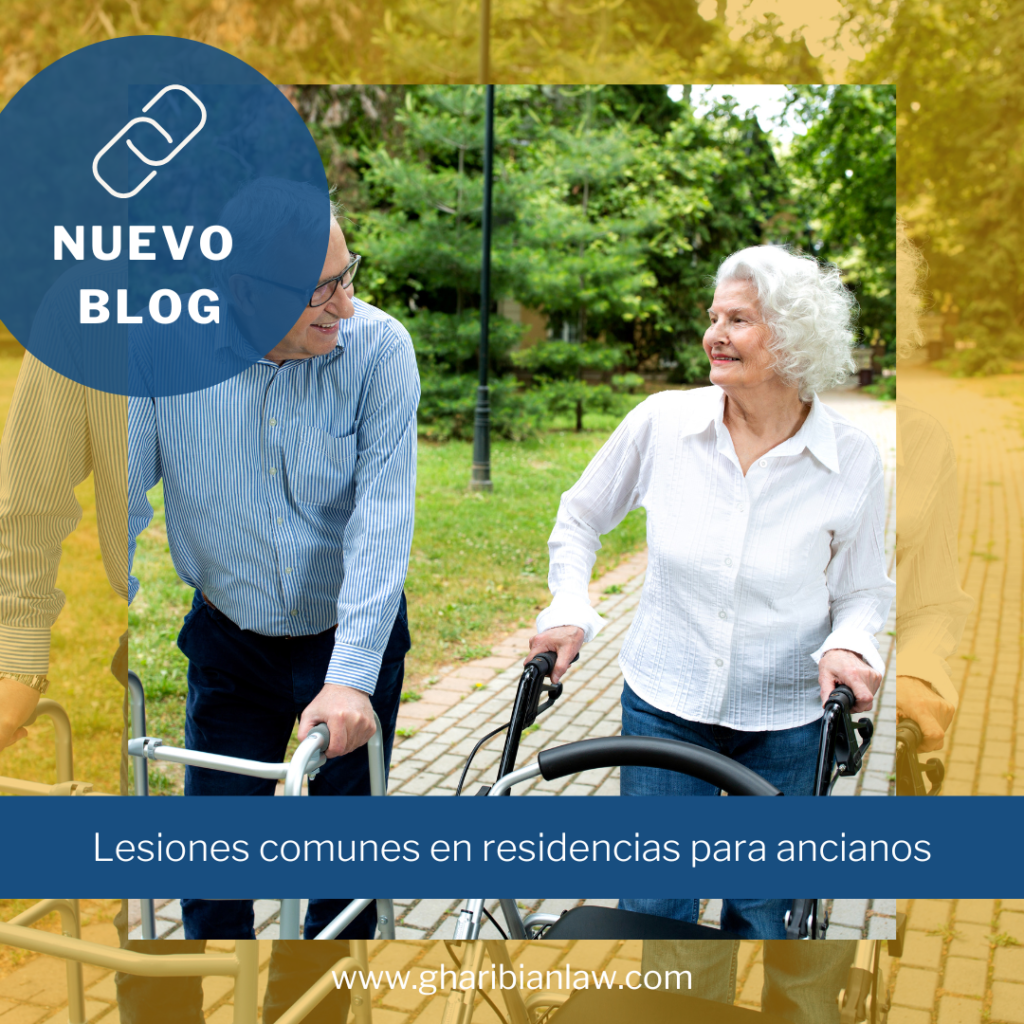For an elderly person to present injuries shortly after entering a new nursing home or to start presenting them unexpectedly when they did not happen before can be a sign that they are being abused in the place.
Any type of injury that appears in an elderly person while residing in a nursing home should be taken seriously as it can mean that they are not providing the necessary attention or care, especially if the injuries occur frequently.
It is true that as the years go by, the elderly can be injured more easily because their bones and muscles lose strength over time or because they are immobile for longer periods of time, as on occasions when they already have an injury or fracture that prevents free movement. However, admitting a loved one to a nursing home is a decision that is made so that they are better cared for and that the risk of injury is reduced. But, there are times when caregivers abuse them or treat them negligently, which can cause significant injuries that have irreversible and permanent effects on an older adult.
Injuries that occur most frequently when an elderly person is being abused by one of their caregivers may include:
- Broken bones
- Pressure ulcers
- Infections
- Lumbar injuries
- Bruises
- Falls
- Bruises
- Among others
Although many of these injuries can also occur due to an accident that the elderly have on their own, it must be remembered that special attention must be paid when visiting them to review their state of physical and mental health.
If you find any signs of abuse, do not hesitate to investigate it and contact one of our lawyers who can support your family in the process of legally claiming for the health of their loved ones who live in a nursing home.






